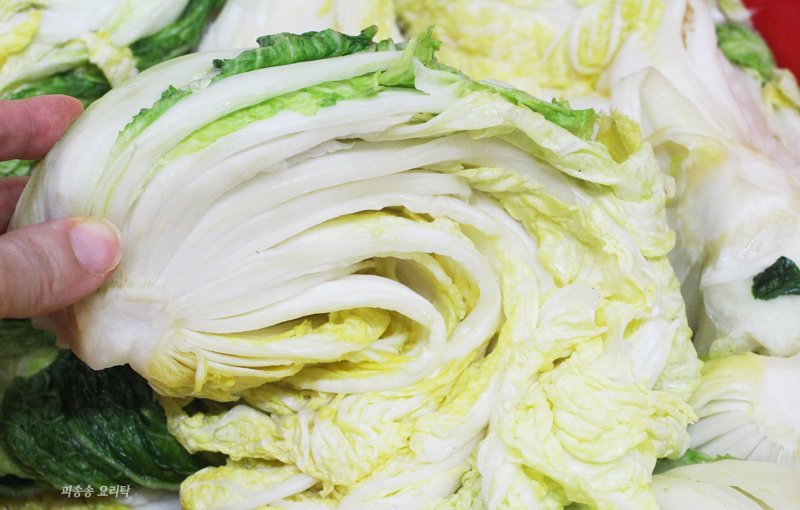
Pickled cabbage. Time to pickle cabbage
I think the time to pickle the cabbage is important when making kimchi.
6 serving
Within 999 minutes

파송송요리탁
- Ingredients
-
-
Cabbage3ea
-
a thick salt6cup
-
- Cooking Steps
-
STEP 1/10Cut the bottom of the cabbage into 10 shapes and cut it into 4 pieces by hand.
If you make a cut on the top and split the cabbage, the inside of the cabbage will not break.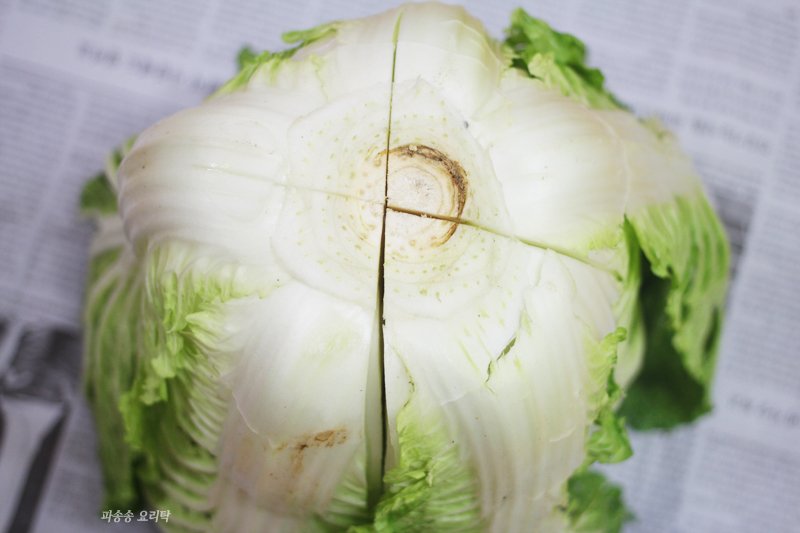 STEP 2/10I cut it into 4 pieces. When you pickle, you don't have to wash and pickle the cabbage, but you can wash it three to four times after pickling.
STEP 2/10I cut it into 4 pieces. When you pickle, you don't have to wash and pickle the cabbage, but you can wash it three to four times after pickling.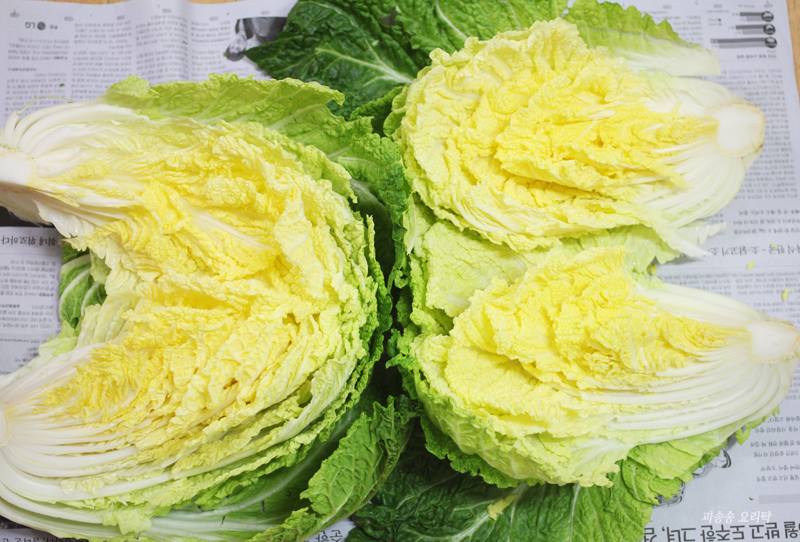 STEP 3/10Dissolve 3 cups of salt in 3 liters of water.
STEP 3/10Dissolve 3 cups of salt in 3 liters of water.
Dip the cabbage in the melted salt water, soak it, then scoop it out and sprinkle salt between the cabbages.
Burn 3 cups of salt in water and sprinkle 1 cup of cabbage with the remaining 3 cups.
After sprinkling all the salt, pour the melted salt water and pickle it.
* When you sprinkle salt, mainly on the stem.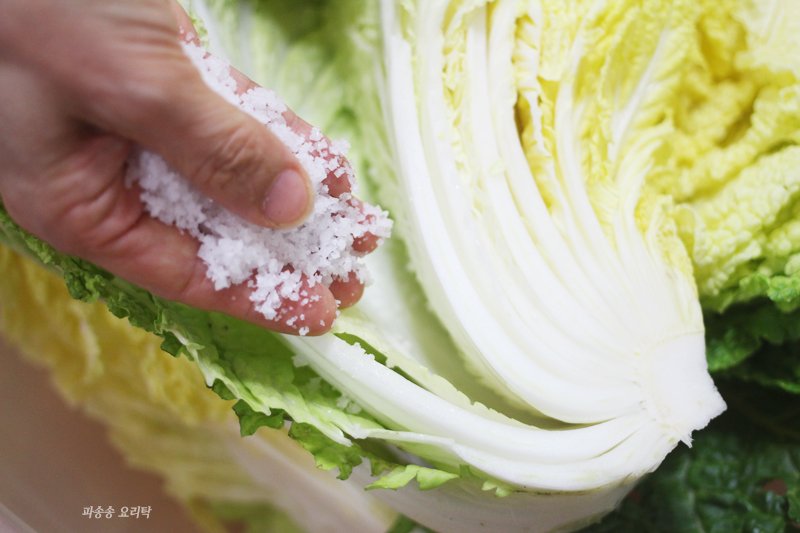 STEP 4/10When you pickle, don't turn it upside down and let the inside of the cabbage come up.
STEP 4/10When you pickle, don't turn it upside down and let the inside of the cabbage come up.
After 3 to 4 hours, change the position of the cabbage. STEP 5/10The time to pickle depends on the size of the cabbage and the amount of salt, but it takes about 8 to 10 hours to pickle.
STEP 5/10The time to pickle depends on the size of the cabbage and the amount of salt, but it takes about 8 to 10 hours to pickle.
Summer cabbages are pickled in about 5-6 hours, and the amount of salt is low.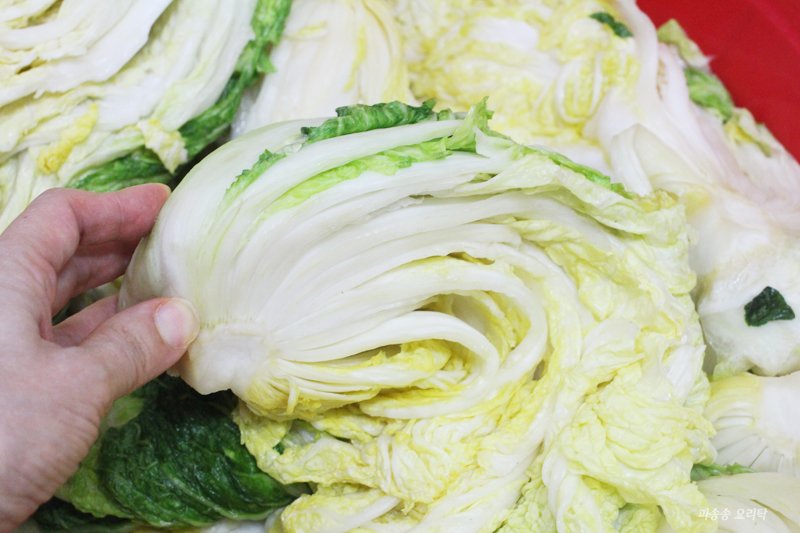 STEP 6/10It's been about 8 hours, so it's salted enough to bend softly.
STEP 6/10It's been about 8 hours, so it's salted enough to bend softly. STEP 7/10I washed the pickled cabbage three to four times and took it out in a basket.
STEP 7/10I washed the pickled cabbage three to four times and took it out in a basket.
Drain the cabbage leaves from the flip side so that they are underneath when you take them out.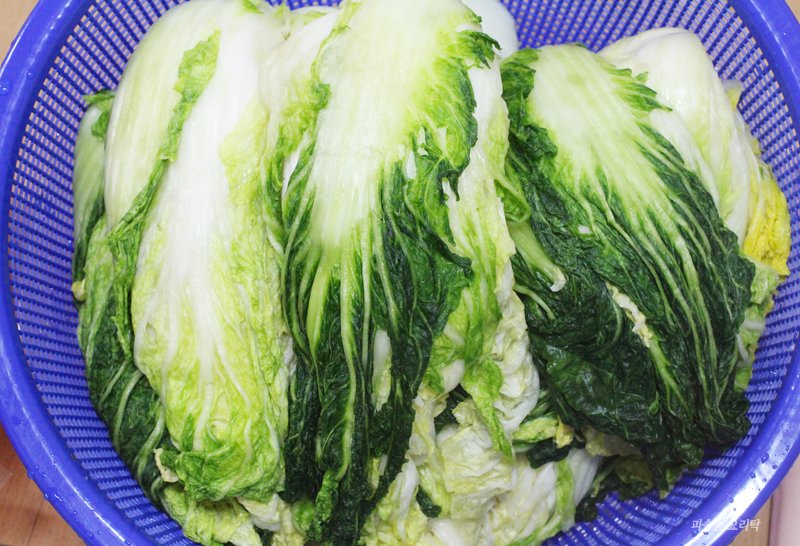 STEP 8/10The stem part remained fresh and the leaves were pickled in a state of breathlessness.
STEP 8/10The stem part remained fresh and the leaves were pickled in a state of breathlessness. STEP 9/10If you pickle the stem too much, the kimchi becomes salty.
STEP 9/10If you pickle the stem too much, the kimchi becomes salty.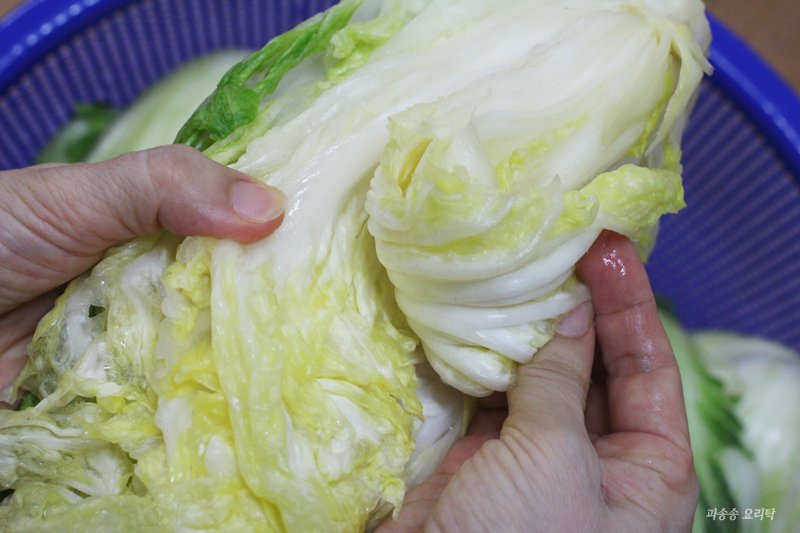 STEP 10/10You have to make it bendable gently and fresh so that you can put kimchi in it without being salty and delicious.
STEP 10/10You have to make it bendable gently and fresh so that you can put kimchi in it without being salty and delicious.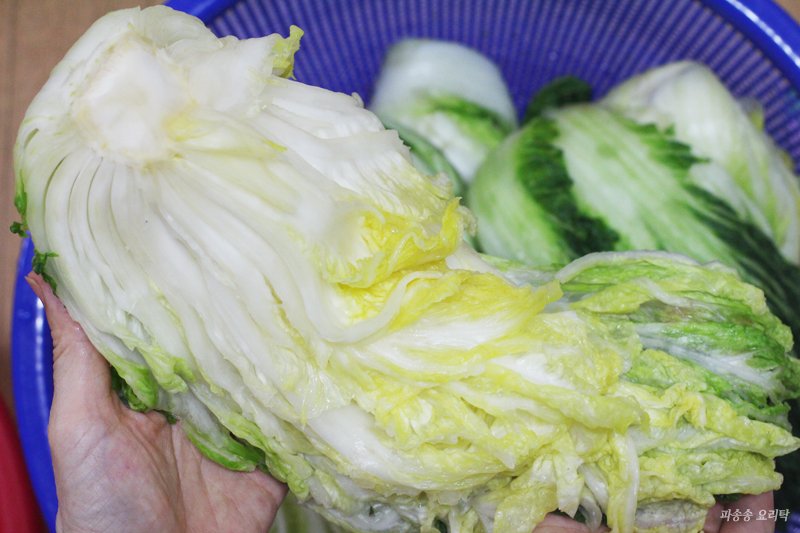
- Bibimbap Recommended recipe
-
-
1
 Tuna and vegetable bibimbap5.00(7)
Tuna and vegetable bibimbap5.00(7) -
2
 I strongly recommend the golden recipe for cockle bibimbap! (How5.00(9)
I strongly recommend the golden recipe for cockle bibimbap! (How5.00(9) -
3
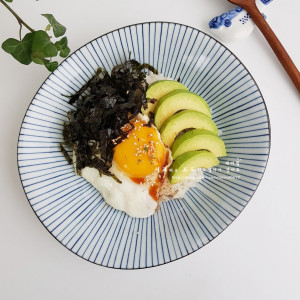 Avocado and egg bibimbap4.94(50)
Avocado and egg bibimbap4.94(50) -
4
 [One bowl recipe] Tuna sprout bibimbap, sprout bibimbap, seasoni4.93(68)
[One bowl recipe] Tuna sprout bibimbap, sprout bibimbap, seasoni4.93(68)
-
- Bulgogi Recommended recipe
-
-
1
 Making bulgogi. The charm of sweet and salty5.00(47)
Making bulgogi. The charm of sweet and salty5.00(47) -
2
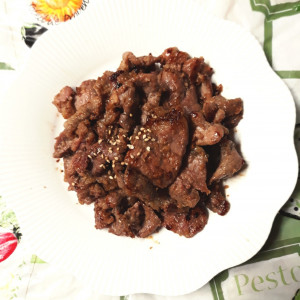 Bulgogi with pork and soy sauce4.97(29)
Bulgogi with pork and soy sauce4.97(29) -
3
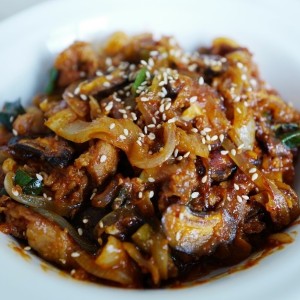 Red pepper paste, pork, bulgogi, golden recipe. The secret of th4.95(41)
Red pepper paste, pork, bulgogi, golden recipe. The secret of th4.95(41) -
4
 You can succeed without failing the golden recipe for beef bulgo4.87(30)
You can succeed without failing the golden recipe for beef bulgo4.87(30)
-